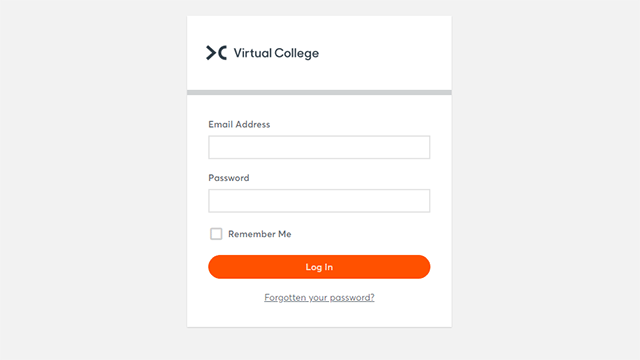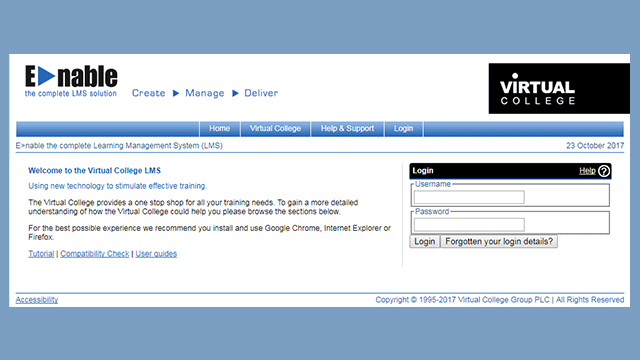How Do Restaurants Affect the Environment?
Virtually all businesses know that they could be doing better when it comes to doing their part for the environment. Restaurants make up a large proportion of those.
If you’re the owner of a restaurant, there are probably two things that are preventing you from improving sustainability in your business; a combination of not having a plan, and not fully knowing how you can help.
The former is something that isn’t too difficult - you simply need to put policies in place that you and your staff can easily follow. The latter is what we’re going to help with in this article, as we talk you through a few of the main elements that can really make a difference to your restaurant's sustainability.
Why Is Sustainability Important for Restaurants?
We’re all aware of the impact that wasteful behaviour can have on the environment. The global climate crisis is affecting everyone and will continue to worsen if we don’t make big changes, which is why organisational as well as individual change is needed, especially for businesses like restaurants.
Improving sustainability in your restaurant has to be a team effort; your employees also have to care about and want to reduce the environmental impact of their workplace. One of the best ways to get your team on board to improve your restaurant sustainability is by helping them understand why this effort is important, which we’ll explain below.
Reduced Environmental Impact
Research estimates that around 1 million tonnes of food waste are produced by businesses in the food and hospitality sector every year in the UK. It’s also estimated that small businesses use between 15,000 and 25,000 kWh of electricity per year, whilst medium and large businesses can use up to 50,000 kWh.
Food waste and energy use have a significant environmental impact, requiring a significant amount of resources that end up partially wasted. Your business requires a certain amount of energy to run and will need ingredients to serve your customers, but by taking a sustainable approach, you can significantly reduce your environmental impact.
This is important because, if we don’t all work to decrease the impact we have on the environment, the consequences of climate change will be irreversible.
Increased Profits
As well as the moral obligation we all have to protect the environment, another reason why sustainability in restaurants is important is that it can increase your restaurant's profits. This comes from reducing your running costs and being more efficient with ingredients.
When you’re taking a sustainable approach to food waste, you’ll use food products more efficiently and therefore require less of them to provide the same amount of food to your customers. This reduces the quantity of ingredients you’ll have to buy, saving you money.
Research from WRAP has also shown that by investing just £1 into reducing food waste, restaurants can save £7 in operating costs on average. That’s a significant boost to your profits over time.
Better Reputation
With concerns about sustainability becoming more and more widespread, many consumers want to make more conscious choices and support businesses that use sustainable practices. If you work hard to reduce your restaurant’s environmental impact and promote the fact that you’re making this effort, your business will gain a better reputation.
Having a positive and sustainable reputation is likely to lead to an increase in business. This is important, not only because you’ll see an increase in profits, but also because it encourages other restaurants to follow suit, which will improve sustainably in the restaurant sector overall.
Improved Hygiene Standards
Finally, following proper sustainable practices regarding food waste in your restaurant is important because it ensures that you’re upholding good food hygiene practices. Disposing of waste correctly, storing food properly and ensuring that you’re using ingredients before they go off all help to keep your kitchen clean, hygienic and free from germs.
How Can Restaurants Be More Sustainable?
Understanding how restaurants can help the environment by being more sustainable should be a priority for all food business owners. It’s not an easy process to improve sustainability in the restaurant sector, but the following areas are the best places to focus on when it comes to making positive changes.
Electricity
Electricity use is one of the main areas that impact sustainability in restaurants. But people still aren’t doing enough to reduce their electricity consumption and therefore their carbon footprint.
As an owner or manager of a restaurant, you’ll know just how many appliances and lights you’re running on the premises. You really need to be aware of how much electricity this is consuming.
Sit down and work out what is essential - do the lights need to be on when the restaurant is shut? Can some appliances be turned down? Are some of the older appliances much less efficient than a more modern alternative could be?
Look around the whole restaurant and make a note of everything you see that is using electricity, then decide when each of these needs to be turned on and how long for. It’ll save money, and you might also be able to look into a greener energy tariff too.
Sourcing
A less obvious restaurant sustainability issue that lots of restaurants need to think about is where their supplies come from. The transport industry, especially when it comes to shipping, is one of the biggest contributors to CO2 emissions around the world, and it’s driven by businesses buying supplies shipped from miles away.
It may be the cheaper option, but you need to ask yourself if it’s really worth shipping food from distant parts of the world when sources are far closer to home. Many restaurants pride themselves on their local sourcing of products and this often actually turns out to be a more profitable business decision, because it can help to attract customers that are willing to pay a little more for the ethical decision. Food quality can be better too, with superior local food regulation and legislation.
Recycling
Another aspect affecting the environment that people simply don’t do enough of is recycling. There are so many opportunities for recycling that people don’t pursue, which is generally down to a lack of knowledge, lack of provision, and lack of time to sort out recyclable waste from general rubbish.
The truth is that none of these are really an excuse. There’s plenty of education out there, and your local authority will be delighted to help you work out what is recyclable and what isn’t.
Plastics are usually the biggest pain when it comes to sustainably disposing of restaurant waste because not all are recyclable, but if you can establish exactly which types are, and have clear signage and help for staff, you should have no problem. Make sure that you have dedicated bins for the right recycling - making things easy will ensure a culture of responsibility.
Waste
Speaking of waste, you need to think about how much rubbish you’re producing that cannot be recycled. All of the packaging and single-use products that end up in landfill are a huge waste of resources that will ultimately prove unsustainable.
This is one of the trickiest things to remedy because you need to strike a balance between not wasting too much and having all of the stock required, but that’s something you’ll simply have to work on. If you keep excellent waste records, as larger businesses do, you’ll be able to get a better idea of what you’re actually using and ensure that you have the right combination of plentiful stock and low waste.
Food Waste
As well as non-recyclable waste, one of the biggest issues in the restaurant sector is food waste. It’s estimated that for every meal served in a restaurant in the UK, almost a kilogram of food waste is produced, which is a huge amount of wasted products that could be saved and used elsewhere.
Understandably, restaurants will have to deal with a certain amount of food waste that comes from customers not finishing their meals, although you should obviously aim for food that tastes so good that nobody wants to leave it on their plate. But from a sourcing and food preparation perspective, you should aim to be as efficient as possible with your ingredients so that you’re not throwing away a lot of food that could have been used.
Proper storage is a huge part of reducing food waste, as when you seal and store ingredients properly in fridges, freezers and pantries they are less likely to go off and have to be thrown away. Having an effective food storage system is key to this, along with providing staff with the right food hygiene training that covers the importance of storing food safely.
Chemicals
Our final point to mention is that some chemicals used in the cleaning of kitchens and other food processing establishments can be harmful if they enter waterways, so you need to make sure that they are disposed of properly. In many cases, down the sink is perfectly fine, as the water will be treated, but this isn’t always true, and it isn’t true for all chemicals either.
If you’re in doubt, contact your local authority and they’ll be able to tell you what can be disposed of and where you need to go to get rid of any hazardous materials.
FAQs
What is the most eco-friendly packaging for restaurants?
The most eco-friendly packaging that restaurants can use is any product that isn’t made with plastic. Things like paper cups and straws, wooden cutlery and cardboard takeout boxes can all be recycled, making them much better for the environment than non-recyclable packaging containing plastic.
What does sustainability mean in food?
In the food industry, sustainability means making choices and using processes and products that avoid damaging the environment or wasting natural resources. When it comes to food, restaurant sustainability involves ensuring that the restaurant is run in a way which has a minimal environmental impact and doesn’t waste food products.
What do restaurants need to do to be green-certified?
The Green Restaurant Association is an organisation that gives restaurants a certification when they meet a particular standard of sustainability. To gain this certification, restaurants need to earn points by implementing sustainable practices in eight areas, which include energy, water, waste and reusable products.
Summary
Restaurants are known for being big contributors to energy consumption and food waste, which is not only costly but also harms the environment. By working to improve your restaurant sustainability, you can increase your profits, improve your reputation and set a more sustainable standard for the industry, which should lead to more environmentally friendly systematic change.
If you’d like to find out more about the best practices to follow in a restaurant and how these processes can improve food hygiene in your restaurant, our ‘Level 3 Food Safety and Hygiene for Supervisors’ is a brilliant and informative course for business owners.

























































